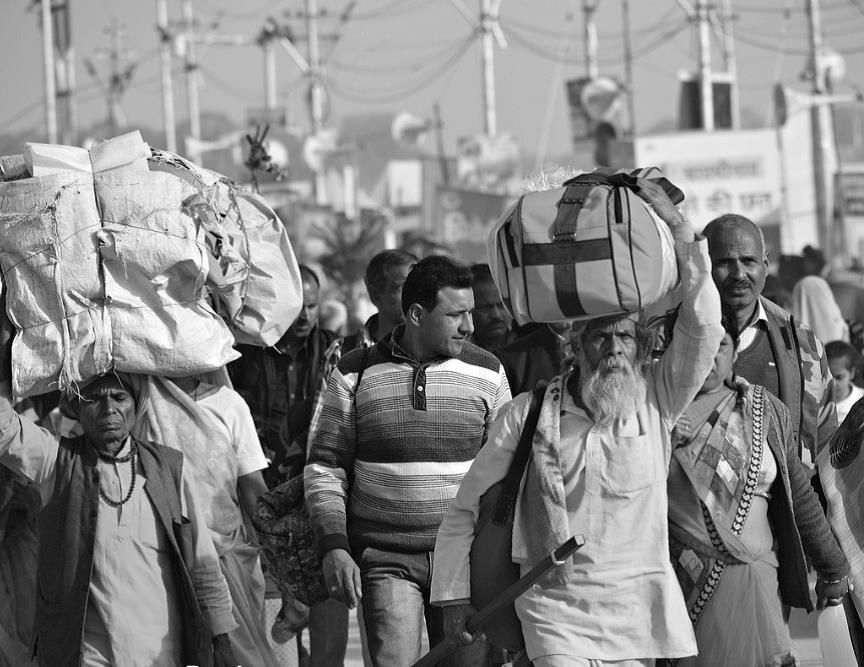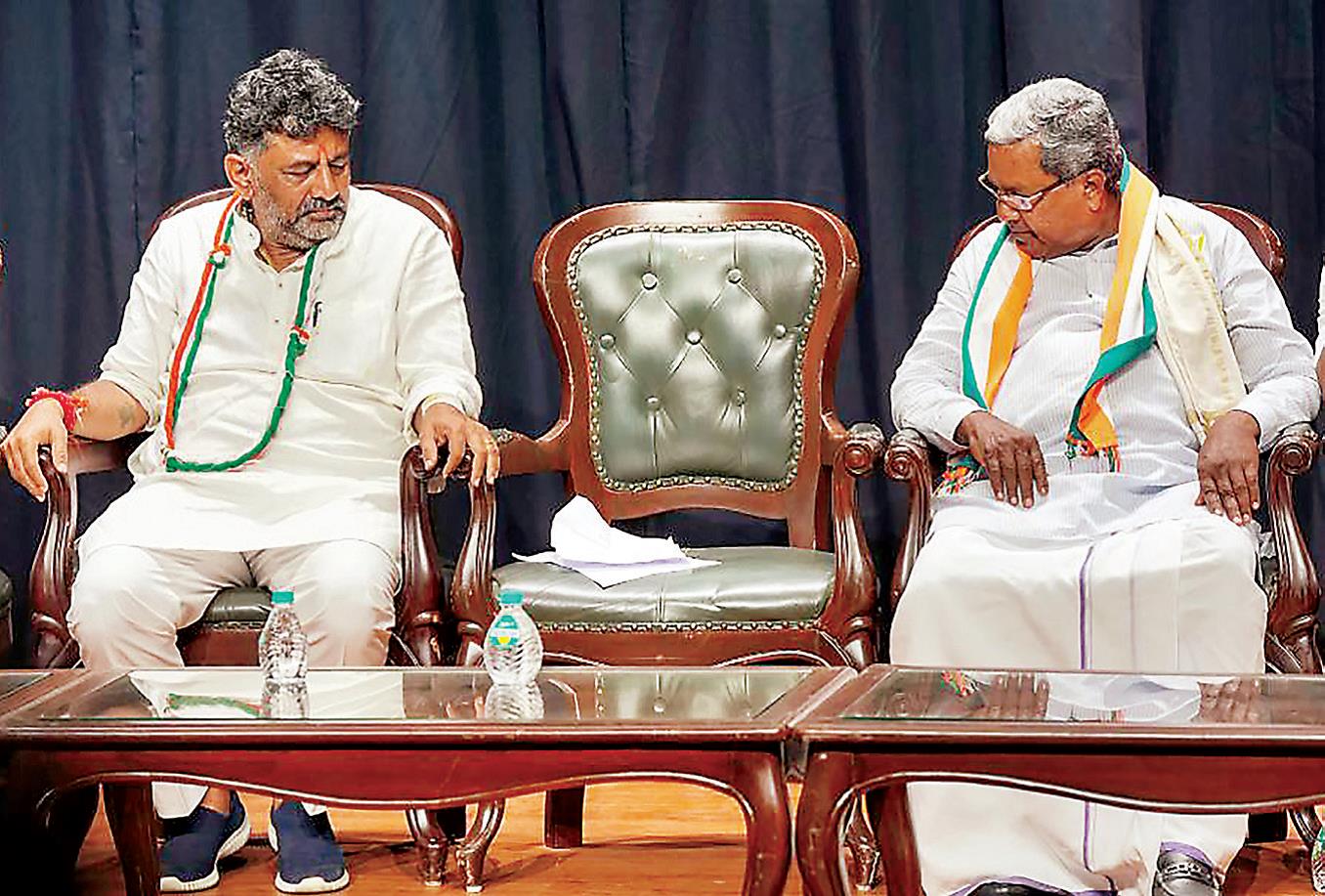
Dear govt, halt migration due to climate change
India is experiencing a sweltering summer with the maximum temperature crossing 50 degrees Celsius in several parts of the country.
The recent general elections were held in this scorching summer. Climate change and environmental concerns did make it to the manifestos of India’s two largest parties this election season, although environmental issues did not dictate the political battle.
This is paradoxical, as new research shows Indians are concerned about the effects of climate change on their lives and livelihoods.
Yet, it never reflects in political discourses. Many people in India migrated due to weather-related disasters, with some saying that they have either already moved or are considering moving because of extreme heat, drought, sea-level rise or flooding.
Additionally, a large majority of people have reported personally experiencing the effects of global warming. This number has increased by 11 percentage points since 2021-22, according to a new report by the Yale Program on Climate Change Communication.
Climate change-induced migration has been a concern for South Asia in general, and India in particular. Research shows that climate change is either directly displacing people or accentuating their hardship resulting in distress migration.
Rivers eroding banks, flooding, landslides, flash floods, glacial lake outburst floods(GLOF), melting glaciers in Himalayas, rising seas, periods of unusually dry months followed by heavier than normal rains or cyclones and inhospitable temperatures are contributing to people migrating.
Further, 45 million people could be displaced in India by 2050 due to slow-onset impacts such as the ones mentioned above if climate pledges and targets are not met, a report by Climate Action Network, South Asia stated, a fact corroborated in the Yale study, which found that large majorities of people in India are worried about various environmental hazards.
Migration takes many forms in the country and climate change-induced migration is one of them. In 2019, India had the highest number of people migrated and displaced internally due to disasters at around five million, the Global Report on Internal Displacement 2020 found.
This is the highest figure in the world and the result of a combination of increasing hazard intensity, high population exposure, and high levels of social and economic vulnerability.
The Indian government has already committed to becoming carbon neutral by 2070 and has ambitious nearterm climate pledges for 2030. However, despite all initiatives like energy transition, adopting the path to carbon neutrality, climate change-induced impacts on lives and livelihood will remain a cause of constant concern for the government.
India’s per capita coal emissions have moved upwards by 29% in the past seven years, even though it is not in the list of the world’s topmost emitters.
Between 2010 and 2021, India recorded one of the highest increases in the use of modern renewable energy, with the share of renewables in total final energy consumption rising by nearly 7 percentage points. But the government needs to do much more.
Climate change-induced changes in life and livelihood have to be factored in, and adequate budgetary provisions for adaptation and mitigation need to be put in place. This is a reality and needs to be treated as such, irrespective of which political party is in power.
 English daily published in Bengaluru & Doha
English daily published in Bengaluru & Doha


.jpg)

.jpg)
.jpg)